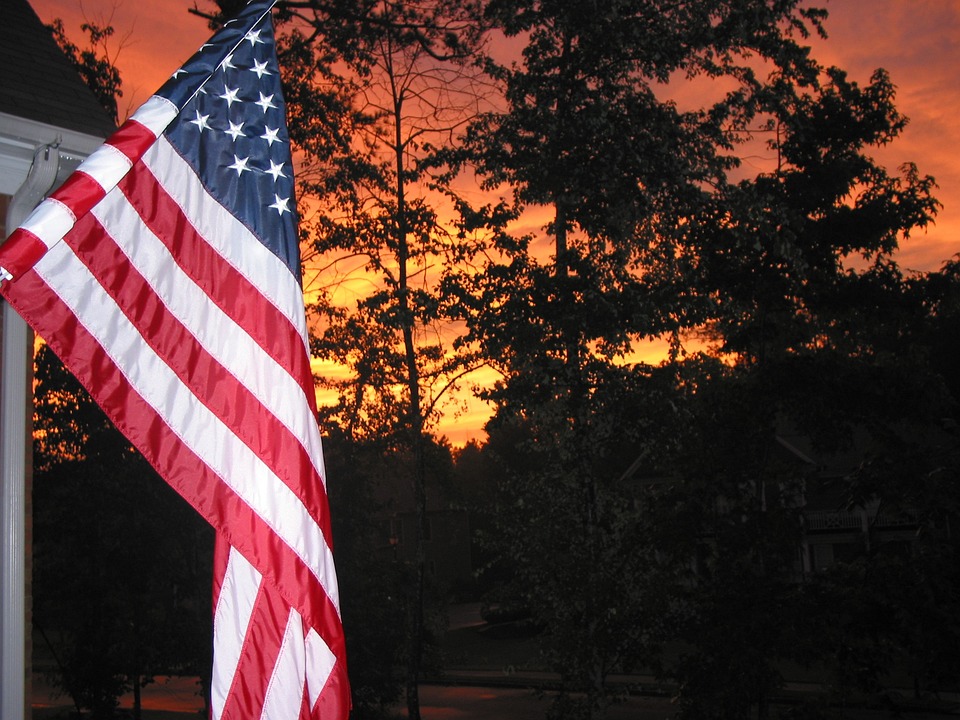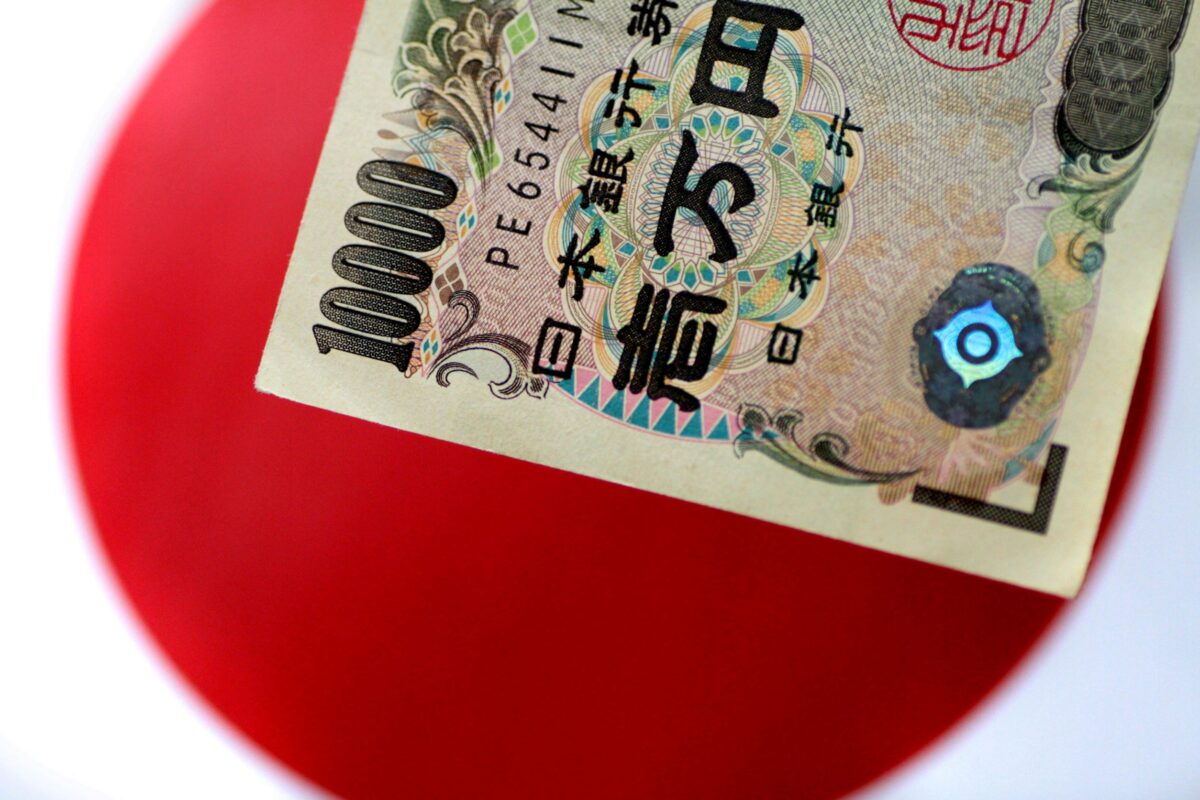No single person—no elected official, designer, planner, architect or style-setter—has had a more profound effect on the built environment worldwide than the Swiss-French architect and city planner Le Corbusier. His buildings litter the covers of books and magazines on architecture. He fathered the concrete-based architectural movement of brutalism and was one of the founders of architectural modernism; the “international style” of architecture is heavily indebted to him. But even more significantly, his ideas about cities have radically reshaped the places we live, especially those American cities built mostly after World War II. And yet most of us have never heard of him. While his many books and articles contain the musings of a visionary, they also provide alarming clues about why so many of the places we have built over the last hundred years are soul-crushing.
When he published his seminal work, The Radiant City, in 1933, Le Corbusier was clear about the scope of his project. He was not just laying out some principles for the organization of modern cities or providing solutions to the problems of industrialization. Rather, his purpose was “a manifestation of the new spirit of our age,” the creation of human happiness through modern technology, analysis, and planning.
Elsewhere, Le Corbusier had written that “there is a new spirit: it is a spirit of construction and synthesis guided by a clear conception…A GREAT EPOCH HAS BEGUN.” He would usher in this great epoch, in which cities were laid out following rational principles, where people could breathe freely, walk through green open spaces unmolested by vehicle traffic, and feel sunlight in their bedrooms and offices. He believed deeply in the power of human ingenuity, of data and calculations, and of rational design. His was a future based on the success of the American factory, the grain elevator, the automobile, and the steamship. These masterpieces of efficiency were his models for the reorganization of all of society, and he was anxious to begin this work.
In the Radiant City, people would live in “Cartesian skyscraper” towers in the park.
Through his many books and plans, Le Corbusier fleshed out his vision for the city of the future. In contrast to the “organic” cities of the past, whose winding roads and random-seeming arrangement of buildings felt chaotic and pointless, the Radiant City would be laid out on a grid and clearly organized. Following the model of the factory, different uses—residences, industry, commerce, office work, culture, recreation—would occupy completely different sectors of the city.
In Le Corbusier’s planned cities, people would live in mass-produced inexpensive housing organized into towers that covered only 15 percent of the ground, the rest left for green space full of sports facilities and parks. The towers would be cross-shaped in order to maximize the number of windows and amount of natural light. At home, residents would live in pure leisure, freed from the need to toil by a 24-hour maid service, childcare, and pre-made meals. Travel between home and work would be facilitated by elevated superhighways that moved at incredible speeds, so that even people who lived far from their work would not need to commute for long. “The city that achieves speed,” Le Corbusier writes in Urbanisme, “achieves success.” The superhighways would meet, appropriately, in the very center of the city.
In many of his plans, the center of the city was also occupied by the bureaucrats and planners. Le Corbusier’s was a thoroughly planned vision of society: Every aspect of the city, civic life, and economic activity, would be planned and controlled from above. This would require a powerful and centrally located bureaucracy with the will to act decisively.
Le Corbusier recognized that such a grand vision would require clearing large areas. His famous (never implemented) Plan Voisin proposed that most of central Paris be leveled to make way for new highways and towers. “We must pull things down…” he wrote in The Radiant City, “and throw the corpses onto the garbage heap.”
Like all utopian visions, upon closer scrutiny Le Corbusier’s dream begins to appear dystopian. The Radiant City would be the perfect setting for New London in Aldous Huxley’s Brave New World. The two books, both written in France and published a year apart, predict a near-identical world, although only one author realized he was describing a nightmare. In fact, when Peacock released a new TV adaptation of Brave New World, the New York Times’s review described it as looking “as though Le Corbusier’s studio had taken on a commission for a high-end spa.”
But the dystopian nature of Le Corbusier’s vision goes beyond aesthetics. As Robert Fishman explained in Urban Utopias of the Twentieth Century: Ebenezer Howard, Frank Lloyd Wright, Le Corbusier, Le Corbusier’s ideal city completely eliminates politics. There is no place in that city for people to guide the course of their society—the “plan” has already provided for that. All that is left to do is implement the plan.
His clearest proposal for the city of the future is laid out in The Radiant City, which is subtitled “elements of a doctrine to be used as the basis of our machine age-civilization.” The title page includes a dedication in the upper left-hand corner, which one could be forgiven for missing: “to authority.” Near the end of the book he includes a caption “Little by little, the world is moving to its destined goal. In Moscow, in Rome, in Berlin, in the USA, vast crowds are collecting round a strong idea.” The text sits below an image of a crowd in Venice’s Piazza San Marco: a rally for fascist leader Benito Mussolini. It is clear what strong idea he had in mind: an authority capable of remaking society.
Le Corbusier wrote in 1929 that for many years he had “been haunted by the ghost of [Jean-Baptiste] Colbert,” the reformer who remade French society under Louis XIV. As Fishman explains in Urban Utopias, Le Corbusier spent his own John the Baptist years wandering in the desert seeking an authority great enough to realize his dream. He went to Moscow several times, but his proposed design for the Palace of the Soviets was rejected. In 1934 he traveled to Italy and was received with enthusiasm by Mussolini. But alas, Il Duce became bored with modern architecture. Le Corbusier’s hatred for democracy—for the madness of people governing themselves—led him to support a French fascist party, and he started publications to promote fascism and syndicalism in France. He wrote an article in 1934 in which he boldly stated, “France needs a Father. It doesn’t matter who.” Finally, when France signed the armistice with the Nazis in 1940, Le Corbusier moved to the southern town of Ozon, where he sought to provide his vision to the collaborationist Vichy regime. After 18 months he left, defeated.
Le Corbusier is often accused of being sympathetic to totalitarianism. This is true; he never saw a totalitarian regime he didn’t like. But it does not go nearly far enough. As Theodore Dalrymple argued in a 2009 article in City Journal, Le Corbusier needed totalitarianism in order to impose his worldview on people. His ideal city intentionally made no space for politics because people, who had to live in the world he sought to create, could not be allowed to change it. Le Corbusier was never able to find a totalitarian regime that would let him realize his vision. Unfortunately, though, he found acolytes including Robert Moses and Oscar Niemeyer who succeeded in spreading large parts of that vision all over the world.
While his Plan Voisin to remake Paris was rejected, Le Corbusier did eventually design a city. When the Indian state of Punjab needed a new capital after the partition of India in 1947, they decided to build the new planned city of Chandigarh, and recruited Le Corbusier to design it. Here he could put his perfect plan into action. The result? He built massive highways and ample parking, split uses into their own sectors, and designed monumental concrete public buildings. But the city is considered by many to be a failure. Indian culture and ways of life were ignored in the design, and have only survived in spite of it.
“Chandigarh never achieved the cosmopolitanism it craved,” writes Sunil Khilnani in The Idea of India. People are rarely seen on the streets. The distances between buildings are too great. Chandigarh is, as Kenneth Frampton writes in Modern Architecture: A Critical History, “a city designed for automobiles in a country where many, as yet, still lack a bicycle.” There are more cars per capita in Chandigarh than in any other Indian city.
The Plan Voisin served, in the words of Robert Fishman in Urban Utopias, as “the archetype for so many disastrous plans that others subsequently carried out.” Oscar Niemeyer, a disciple of Le Corbusier, designed the planned city of Brasília, the capital of Brazil, which lacks the active streetlife of other Brazilian cities because of its auto-centric design. People drive to work and drive home—so much for the thriving city of the future. This problem is made more difficult to fix by the fact that UNESCO took no time in deeming it a World Heritage Site.
In the United States, Robert Moses set out to rebuild New York under the influence of Le Corbusier. He demolished “blighted” black and immigrant neighborhoods in order to build Corbusian cross-shaped towers in the park—vertical slums, as they turned out to be—such as Stuy Town. Other neighborhoods he bulldozed to make way for over 600 miles of highway. Moses is regarded as one of the most powerful people in the history of New York, despite never having been elected to office. He found the “authority” Le Corbusier could not.
In the introduction to The Death and Life of Great American Cities, Jane Jacobs described the planning gurus who know “about how cities ought to work and what ought to be good for people and businesses.” She wrote that “when contradictory reality intrudes, threatening to shatter” their doctrine, “they must shrug reality aside.” Le Corbusier could not have said it better, but he tried. In The Radiant City he wrote:
Subscribe Today
Get weekly emails in your inbox
The problem is to create the Radiant City. The Radiant City already exists on paper. And when once a technological product has been designed on paper (calculations and working drawings), it does exist. It is only for spectators, for gaping bystanders, for the impotent, that the certainty of its existence lies in the execution. The city of light that will dispel the miasmas of anxiety now darkening our lives, that will succeed the twilight of despair we live in at present, exists on paper. We are only waiting for a “yes” from a government with the will and the determination to see it through!
One of these gaping bystanders was Jane Jacobs, who set about observing reality as it actually was rather than as a totalitarian doctrine said it should be. She watched as Robert Moses’s towers in the park separated people’s homes from their necessities, so that they had to walk long distances across dangerous empty lawns to buy a gallon of milk. A keen observer of reality, she saw how the new highways destroyed functioning communities and pushed people into the new auto-oriented suburbs where they were victim to the “great blight of dullness.” And she saw how simple blue-collar neighborhoods like her own Greenwich Village, where people could live near their work, walk to buy groceries or get a beer, and watch their kids play on the street, provided the great joys of city life in safety.
Jacobs is credited with ending Robert Moses’s stranglehold on New York, and with helping Americans begin to wake up from our Corbusian nightmare. Her work was the beginning of a new and truer way of conceiving of cities. There are now many who have taken up her mantle and begun working to reverse the destruction Le Corbusier’s totalitarian vision wreaked. But American cities still have a long way to go.
Shop For Night Vision | See more…
Shop For Survival Gear | See more…
-
Sale!

Tactical Camo Nylon Body Armor Hunting Vest With Pouch
Original price was: $49.99.$39.99Current price is: $39.99. Select options This product has multiple variants. The options may be chosen on the product page -
Sale!

Quick Slow Release Paramedic Survival Emergency Tourniquet Buckle
Original price was: $14.99.$7.99Current price is: $7.99. Add to cart



















































